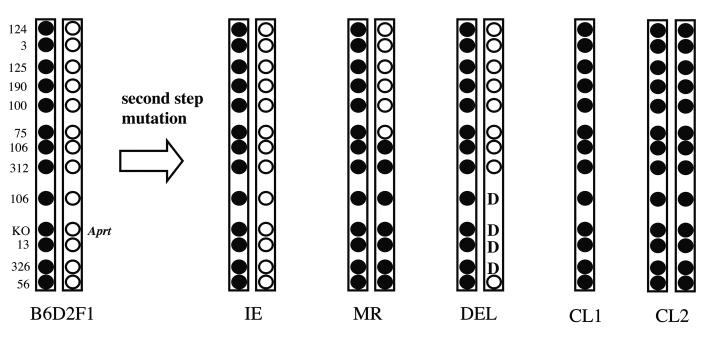Figure 1. Patterns of loss of heterozygosity (LOH) reveal different mutational events.
The left side of this figure shows the relative locations of polymorphic loci on mouse chromosome 8, which differ between the C57BL/6 (filled circles) and DBA2 (open circles) mouse strains and were used to determine the specific mutation present in each Aprt mutant examined in this study. The B6 (C57BL/6) derived chromosome contains a knockout (KO) Aprt allele that is non-functional. The D2 (DBA/2) derived chromosome contains an expressed, wild type Aprt allele, which is the target of DAP selection (i.e. loss of expression of this Aprt allele allows a cell to grow in the presence of DAP in the culture medium). The numbers on the left side identify the chromosome 8 microsatellite loci that were examined in this study. The PCR-based molecular analysis for loss or retention of heterozygosity for polymorphic microsatellite sequences on mouse chromosome 8 in the Aprt mutant cells yields LOH patterns that can be used to classify each mutational event into one of four different categories. These are intragenic events (IE), mitotic recombination (MR), interstitial deletion of Aprt (“D” represents deleted loci), and chromosome loss without (CL1) or with (CL2) duplication of the remaining homologue. Multilocus interstitial deletions do not occur spontaneously in mouse kidney cells.

